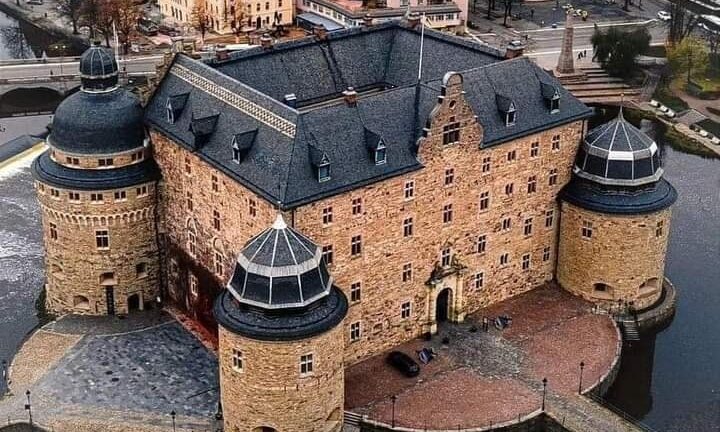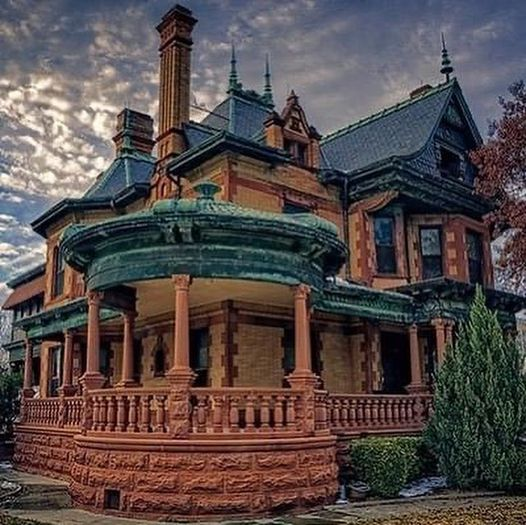Nestled in the Loire Valley of France, the Château de Chenonceau is an architectural marvel that epitomizes the elegance and grandeur of the French Renaissance. Known as the “Ladies’ Castle” due to the influential women who shaped its history, Chenonceau is not only a masterpiece of design but also a symbol of the cultural and political power wielded by these remarkable women. Its stunning location over the River Cher and its beautifully preserved interiors and gardens make it one of the most visited and beloved châteaux in France.
A Rich Tapestry of History
The Château de Chenonceau has a history that dates back to the 11th century, but the current structure began to take shape in the early 16th century. Built on the foundations of an old mill, the château was designed by Thomas Bohier, Chamberlain to King Charles VIII of France. His wife, Katherine Briçonnet, oversaw much of the construction, setting the precedent for the strong female influence that would define the castle’s legacy.
In 1535, the château was seized by King Francis I due to unpaid debts, and it eventually passed into the hands of his son, King Henry II. Henry gifted Chenonceau to his mistress, Diane de Poitiers, who was responsible for adding the iconic arched bridge over the River Cher and the lush gardens that bear her name.
After Henry II’s death, his widow, Catherine de’ Medici, forced Diane de Poitiers to exchange Chenonceau for another property. Catherine made significant contributions to the château, including the construction of the grand gallery that spans the river and served as a venue for lavish parties and cultural events. Under her guidance, Chenonceau became a hub of art, culture, and political intrigue.
Architectural Splendor
Château de Chenonceau is a stunning example of French Renaissance architecture, blending Gothic and early Renaissance elements seamlessly. The château’s most distinctive feature is the long gallery that stretches across the River Cher. This two-story gallery, with its black-and-white tiled floor and expansive windows, offers breathtaking views of the river and surrounding landscape. It is a testament to the architectural innovation and artistic sensibilities of the period.
The château’s interior is equally impressive, with each room meticulously decorated to reflect its rich history. The bedrooms of Diane de Poitiers and Catherine de’ Medici are adorned with period furnishings, tapestries, and paintings that showcase the opulence of their eras. The François I Drawing Room, with its exquisite fireplace and ornate ceiling, is another highlight, reflecting the château’s royal heritage.
Gardens and Grounds
The gardens of Château de Chenonceau are a testament to the artistry and vision of the women who designed them. The Garden of Diane de Poitiers features meticulously maintained flowerbeds, ornamental ponds, and elegant pathways that create a serene and harmonious environment. In contrast, the Garden of Catherine de’ Medici is more formal, with its symmetrical design and lush greenery providing a perfect backdrop to the château.
Beyond the formal gardens, the estate includes a vast parkland, a labyrinth, and the Farm of Queen Louise de Lorraine, offering visitors a tranquil escape into nature. The beautifully landscaped grounds complement the château’s architectural beauty, providing a picturesque setting for leisurely strolls and exploration.
Cultural Significance and Modern Attractions
Château de Chenonceau is not only a historical monument but also a vibrant cultural venue. It hosts numerous events throughout the year, including classical music concerts, art exhibitions, and seasonal festivals. These events bring the château’s rich history to life, allowing visitors to experience the grandeur and elegance of its past.
The château also features a well-curated museum, housed in the old stables, which offers insights into its history and the lives of its famous inhabitants. The on-site restaurant, Orangerie, provides a delightful dining experience, with a menu inspired by traditional French cuisine and the château’s culinary heritage.
Conclusion
Château de Chenonceau, with its enchanting beauty, rich history, and cultural significance, stands as a testament to the influential women who shaped its destiny. Its elegant architecture, stunning gardens, and picturesque setting over the River Cher make it a true jewel of the Loire Valley. Whether you are a history enthusiast, an architecture aficionado, or simply seeking a serene and beautiful destination, Chenonceau offers an unforgettable journey into the heart of French Renaissance splendor. This “Ladies’ Castle” continues to captivate and inspire, preserving the legacy of its remarkable past for future generations to admire.


